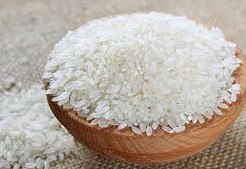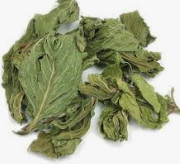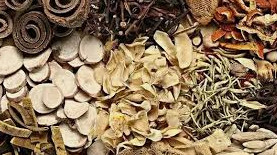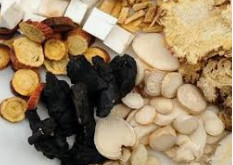ABSTRACT: Starting from the definition and characteristics of microwave and its advantages in the production of traditional Chinese medicine extracts, the application of microwave-assisted extraction, microwave drying equipment and microwave sterilization technology in the field of medicine was studied, which promoted the pharmaceutical industry, especially the traditional Chinese medicine industry, to achieve the goals of energy saving, consumption reduction and environmental protection, and played a potential role in improving yield, quality and cost reduction.
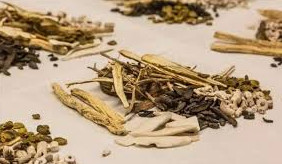
Key words: microwave; extraction; drying; sterilization; energy saving; environmental protection; microwave drying of traditional Chinese medicine
Our country has a vast territory, spanning from tropical zone to cold temperate zone, with abundant plant resources. The Chinese culture accumulated over 5000 years and the vast medical books left by our ancestors are the unique conditions for the development of Chinese medicine. The role of traditional Chinese medicine in the prevention and treatment of common diseases, frequently-occurring diseases, chronic diseases, difficult diseases and major infectious diseases has been further highlighted, and has been widely recognized by the international community.
